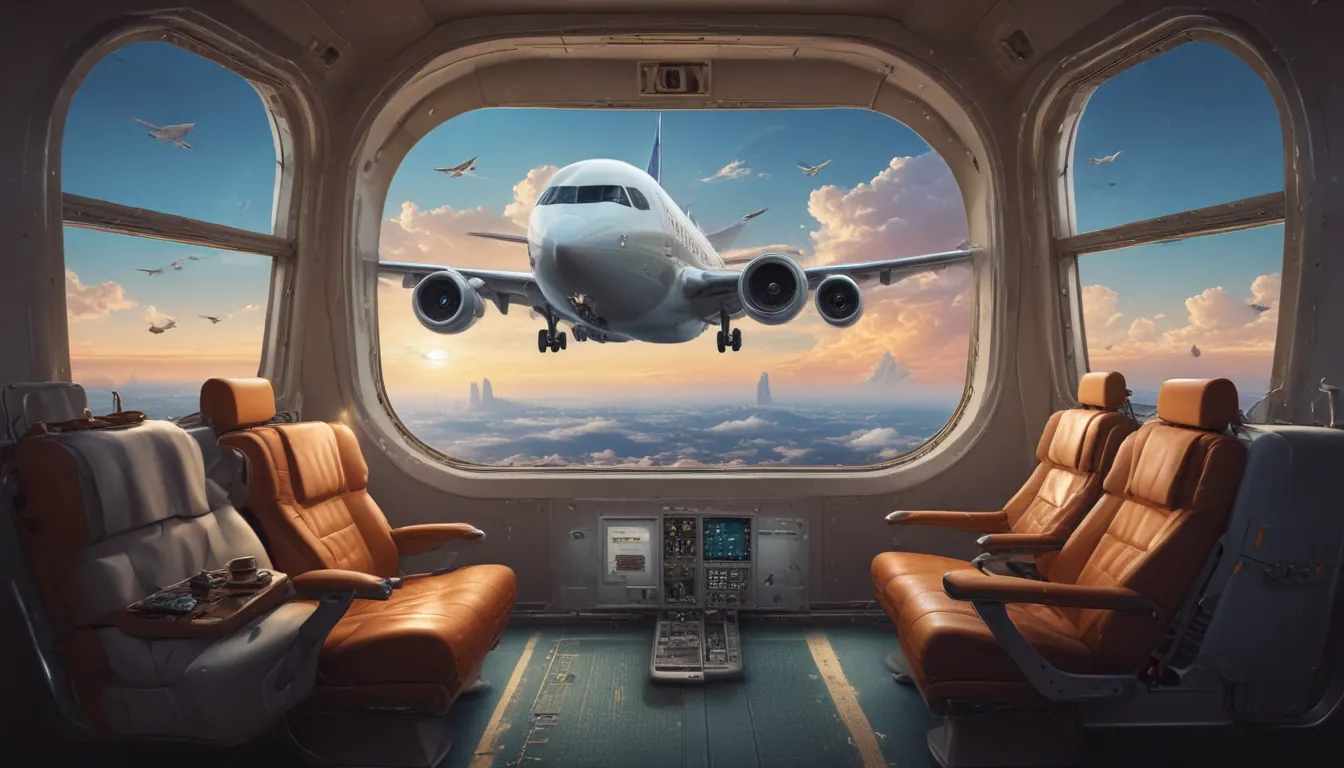A Note About Images: The images used in our articles are for illustration purposes only and may not exactly match the content. They are meant to engage readers, but the text should be relied upon for accurate information.
Have you ever wondered about the safety of air travel during your next flight? Airline safety is a crucial aspect often overlooked by many passengers. However, with advancements in technology and stringent safety measures, flying has become one of the safest modes of transportation. In this article, we will delve into 15 intriguing facts about airline safety that will provide you with valuable insight and put your mind at ease. From the comprehensive training of pilots to the advanced technology on aircraft, these facts will give you a deeper understanding of why millions of passengers trust the skies every day. So sit back, fasten your seatbelt, and embark on a journey to discover what makes air travel safer than you might have realized.
Understanding Airline Safety
When it comes to flying, safety always takes precedence. Airlines and aviation authorities worldwide work tirelessly to ensure that every flight is as safe as possible. Here are some facts that shed light on the measures and statistics surrounding airline safety:
- Commercial airlines are statistically one of the safest modes of travel, with a higher likelihood of encountering danger while driving to the airport.
- Pilots undergo extensive training and simulations, spending hundreds of hours in flight simulators to prepare for various scenarios, including emergencies.
The Role of Technology in Airline Safety
Technology plays a crucial role in enhancing airline safety and reducing accidents. Innovations such as the Traffic Collision Avoidance System (TCAS) and Enhanced Ground Proximity Warning System (EGPWS) have made flying safer than ever. Additionally, aircraft are designed with redundancy in mind, ensuring critical systems have backups to maintain operational functionality in case of failure.
Safety Protocols and Procedures
Airlines adhere to strict maintenance schedules to inspect and service aircraft regularly, ensuring they are in optimal condition for flight. Flight attendants receive extensive training on emergency evacuations, enabling them to evacuate passengers efficiently in less than 90 seconds, even if half the exits are unusable. International regulations by organizations like the International Civil Aviation Organization (ICAO) set global standards for aviation safety that member countries must follow.
The Importance of Safety Measures
- Safety briefings are vital for providing essential information on how to act in an emergency, though they are often overlooked by passengers.
- Strict regulations on carry-on items are based on thorough risk assessments to prevent onboard threats.
- Accident investigations lead to safety improvements, preventing future incidents through continuous enhancements.
Airline Safety Records and Statistics
Over the years, flying has become increasingly safer, with a decrease in the number of fatal accidents despite the growth in global air traffic. Data-driven approaches to safety involve analyzing trends and implementing enhancements based on data collected from flights worldwide. The safest part of a flight is the cruising altitude, with most accidents occurring during takeoff and landing phases.
The Human Factor in Airline Safety
Crew resource management (CRM) training focuses on communication, decision-making, and teamwork among flight crew members, crucial for maintaining safety. Passengers also play a role in their own safety by complying with safety instructions provided by the crew.
A Smooth Landing on Airline Safety Facts
As we conclude our exploration of airline safety, we have unveiled truths that often remain unseen by passengers. From the rigorous training of pilots to the advanced technology ensuring smooth flights, safety is the cornerstone of the aviation industry. Remember, every detail of your flight is meticulously planned for your well-being, from your seatbelt to the crew’s response to emergencies. Next time you buckle up, take a moment to appreciate the layers of safety measures that make air travel the safest way to explore our vast world. Safe travels!
Was this page helpful?
Our dedication to providing trustworthy and engaging content is evident in each fact on our site, contributed by real users like you. Our editors meticulously review each submission to ensure accuracy and reliability. Trust in our commitment to quality and authenticity as you continue to explore and learn with us.






